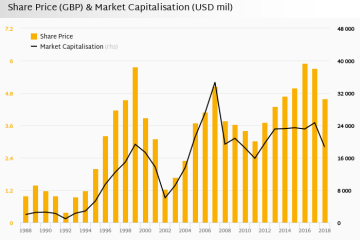Russia’s Economic Slowdown: From Resilience to Stagnation in 2025

Economic Downturn Signals Challenges for Russia
While Russia’s economy has proven surprisingly durable through three and a half years of full-scale war in Ukraine and Western sanctions, defying initial expectations of collapse in 2022 and even managing to prosper, the situation has taken a significant turn in 2025.
Current Economic Indicators
The Central Bank expects growth to approach zero in late 2025, with the International Monetary Fund already cutting its 2025 growth forecast for Russia to 0.9%, down dramatically from 4.3% last year – marking the steepest downgrade among major economies.
Analysts warn that the Russian economy risks stagnation in 2025 and beyond, facing multiple challenges including labor shortages, high inflation, military overspending, falling resource prices, and a dwindling National Wealth Fund.
Military Spending and Economic Impact
The financial burden of military operations has been substantial, with direct war expenditure estimated at US$250 billion through June 2024, consuming over 20% of annual GDP. Defense and security spending now accounts for approximately 40% of Russia’s total government spending in 2025, exceeding combined spending on education, healthcare, social policy and the national economy.
International Relations and Trade
China has emerged as Russia’s largest trading partner and has been an economic lifeline to Moscow since the full-scale invasion of Ukraine in early 2022. Experts suggest this alignment aims to establish an alternative world order with Beijing and Moscow at the helm.
Future Outlook
Russia remains heavily dependent on oil and gas revenues, which account for 30% of Federal budget revenues. The situation is further complicated by lower-than-expected oil prices, with the actual average export price from January to May 2025 being about $59/barrel, significantly below the finance ministry’s original assumption of $69.7/barrel.
The difficult choices being made through the war – prioritizing military spending over other sectors – are causing imbalances that create greater policy challenges and pressures on the economy. As vulnerabilities increase, some analysts suggest that additional sanctions pressure from the West might be enough to push the economy closer to the brink.









